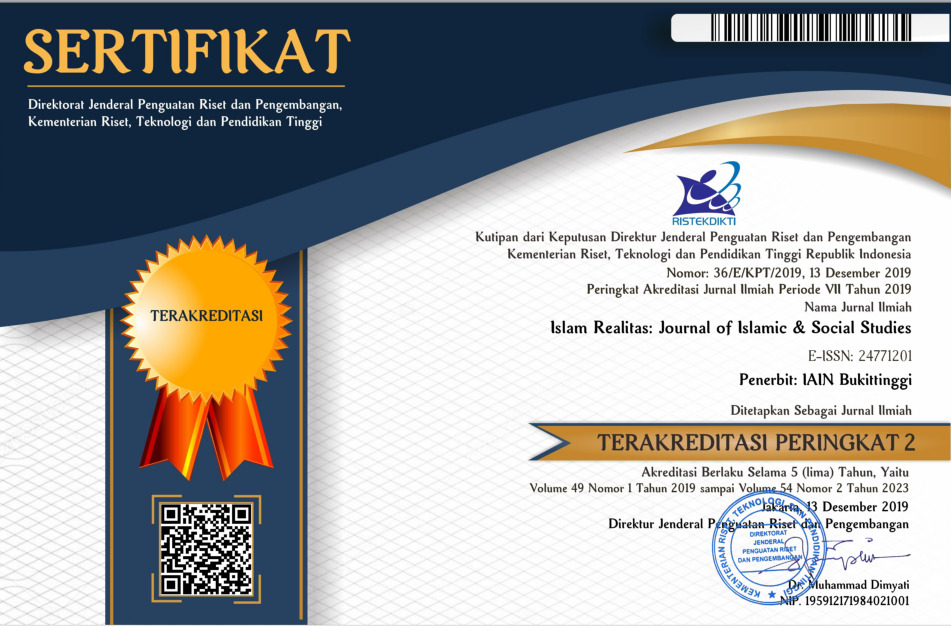Mitos Kecantikan (Ketegangan Citra Perempuan di Bawah Budaya Televisi)
DOI:
https://doi.org/10.30983/fuaduna.v3i1.2365Abstract
The competition of the television industry in Indonesia creates open spaces for the image of women with the aesthetic standards they create. Television now is no longer just a medium of entertainment but as an ideal female image construction. Beautiful rules are no longer focused on women-only programs but have penetrated the entertainment, religious, reportage, politics, sports, economy, and crime segments. This research is to answer the problem of women's image presented on television, the influence and response are generated; also, the strategies in managing their identity. Applicatively, this research applies the Identity Management Theory pioneered by William R. Cupach and Tadasu Todd Imahori. This theory is used to dismantle the process of identity formed, maintained, and changed in a relationship. This study found several keywords that formulated the concept of managing women's self-identity. These keywords are: force dead/stiff, cornered/alienated; dilemma; and unstable for the context of cultural conflict, and approach; adjustments; and rejuvenation for the completion phase.
Downloads
Published
Issue
Section
Citation Check
License
Authors who publish with this journal agree to the following terms:
- Authors retain copyright and grant the journal right of first publication with the work simultaneously licensed under a Creative Commons Attribution-ShareAlike 4.0. that allows others to share the work with an acknowledgment of the work's authorship and initial publication in this journal.
- Authors are able to enter into separate, additional contractual arrangements for the non-exclusive distribution of the journal's published version of the work (e.g., post it to an institutional repository or publish it in a book), with an acknowledgment of its initial publication in this journal.
- Authors are permitted and encouraged to post their work online (e.g., in institutional repositories or on their website) prior to and during the submission process, as it can lead to productive exchanges, as well as earlier and greater citation of published work (See The Effect of Open Access).







